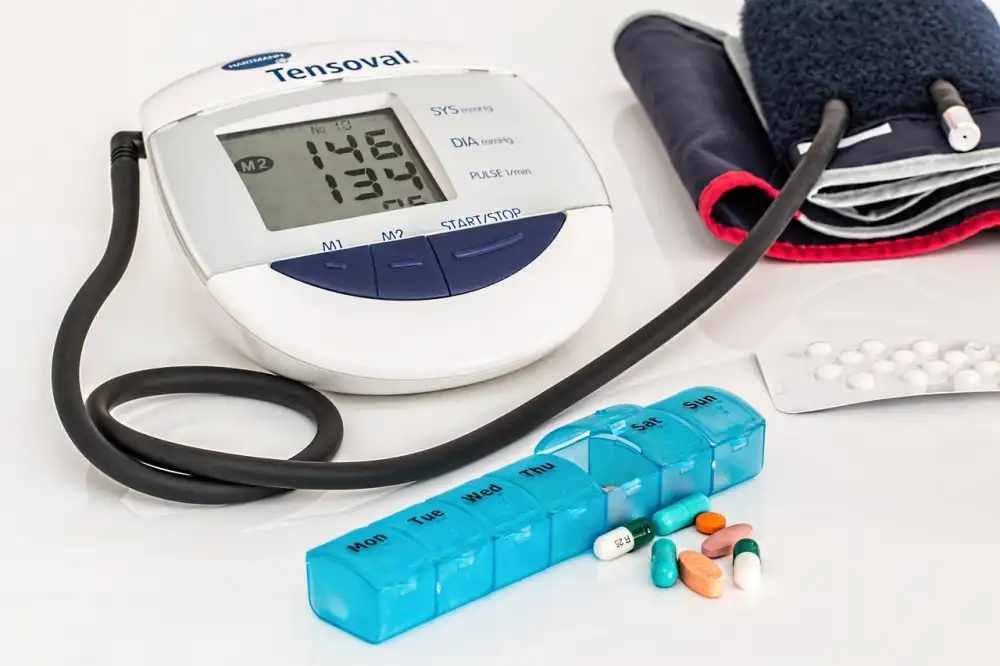Can Compression Socks Alleviate Leg Cramps? Learn the Facts Here!

Leg cramps are a common condition characterized by sudden, involuntary muscle contractions that can cause sharp pain and discomfort. These cramps often occur in the calf muscles but can also affect the thighs or feet. They can happen during physical activity or at rest, with causes ranging from dehydration and muscle fatigue to underlying medical conditions like diabetes or circulation issues. Leg cramps can disrupt daily activities and sleep, making finding effective solutions crucial for those affected by this painful condition.
Explanation of Compression Socks
Compression socks are specialized garments designed to improve blood circulation in the legs. They are made of elastic materials that apply pressure to the ankles and lower legs, gradually decreasing as they move up towards the knees or thighs. This gentle pressure helps to support the veins and muscles, reducing swelling and discomfort. Compression socks come in various lengths, styles, and compression levels to suit different needs and preferences. They are commonly used by athletes, travelers, pregnant women, and individuals seeking relief from leg issues like cramps and varicose veins.
How Compression Socks Work
Compression socks work by applying gentle pressure to the legs, which helps improve blood circulation and reduce swelling. The graduated compression design provides the most pressure at the ankle and gradually decreases towards the top of the sock. This helps to push blood back up towards the heart, preventing it from pooling in the legs. Additionally, compression socks help support the muscles and reduce muscle vibration during physical activity, which can also contribute to alleviating leg cramps.
Studies on the Effectiveness of Compression Socks for Leg Cramps
Studies have shown promising results regarding the effectiveness of compression socks in alleviating leg cramps. A study published in the Journal of Foot and Ankle Research found that participants who wore compression socks experienced a significant decrease in the frequency and intensity of their leg cramps compared to those who did not use them. Another study in the Journal of Sports Sciences reported that athletes wearing compression socks during exercise had reduced muscle soreness and fatigue, indicating potential benefits for preventing cramps. These findings suggest that compression socks may indeed help alleviate leg cramps for some individuals.
Tips for Using Compression Socks for Leg Cramps
1. Proper Fit: Ensure that the compression socks fit snugly but not too tight. They should provide gentle pressure to improve circulation without causing discomfort.
2. Wear Consistently: To experience the full benefits, wear compression socks consistently, especially during activities that may trigger leg cramps, such as exercise or long periods of standing.
3. Put Them On Correctly: Roll the sock down to the heel and then gently pull it up, ensuring there are no wrinkles or bunching that could restrict blood flow.
4. Stay Hydrated: Dehydration can contribute to muscle cramps, so make sure to drink enough water throughout the day while wearing compression socks.
5. Follow Manufacturer Instructions: Different brands may have specific care instructions for their compression socks. Follow these guidelines to maintain their effectiveness and prolong their lifespan.
By following these tips, you can maximize the benefits of using compression socks to alleviate leg cramps and improve your overall comfort and mobility.
In conclusion, compression socks have shown promising results in alleviating leg cramps for many individuals. While more research is needed to fully understand the mechanisms behind their effectiveness, existing studies suggest that wearing compression socks can help improve blood circulation and reduce muscle fatigue in the legs. For those suffering from frequent leg cramps, it may be worth trying compression socks as a non-invasive and cost-effective solution. However, it is important to consult with a healthcare professional before using compression socks, especially for individuals with pre-existing medical conditions.
Published: 06. 04. 2024
Category: Health



